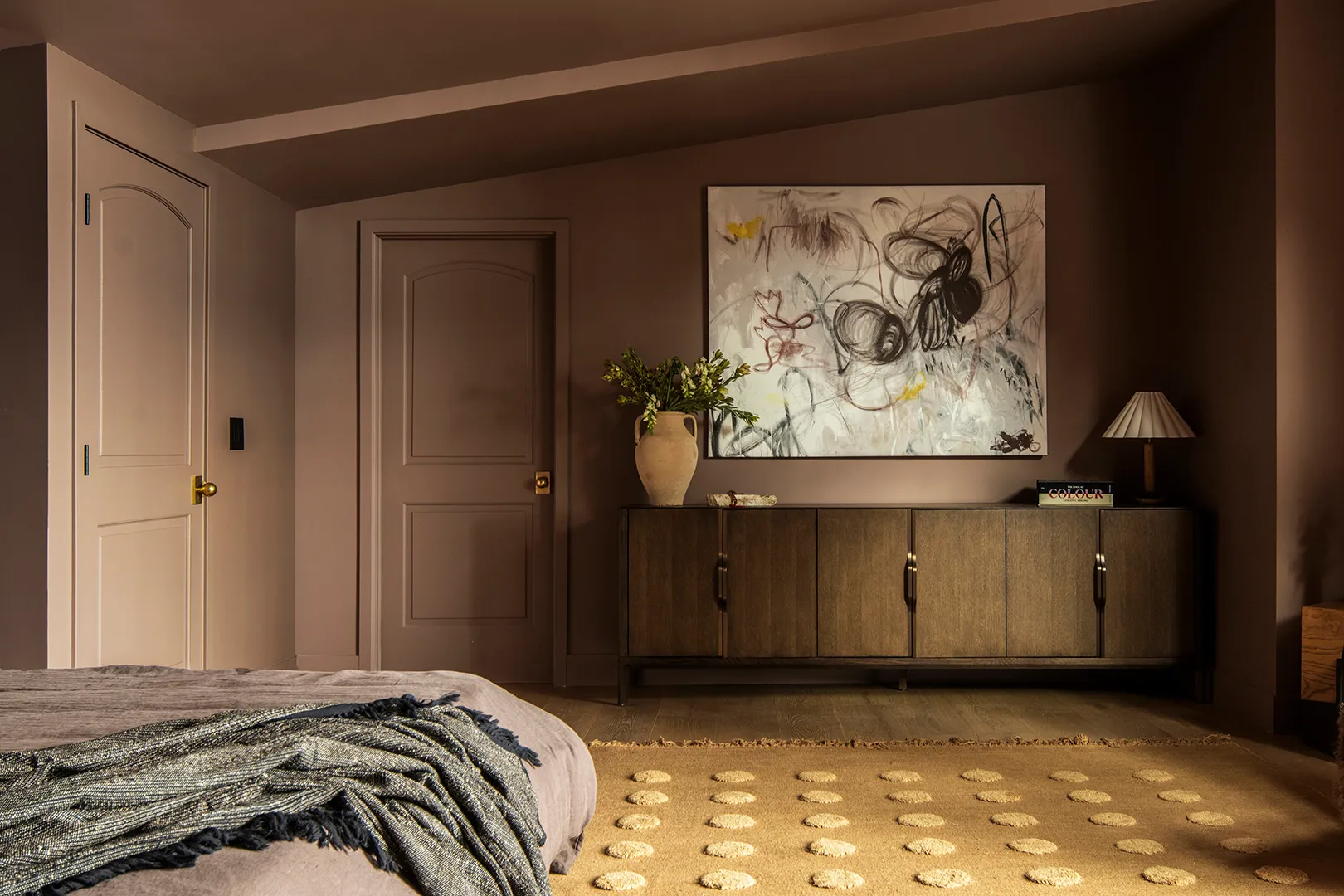
DOMINO - Your Interior Doors Don’t Need to Be Stark White—Designers Love These 11 Rich Hues
https://www.domino.com/design-inspiration/best-interior-door-paint-colors/
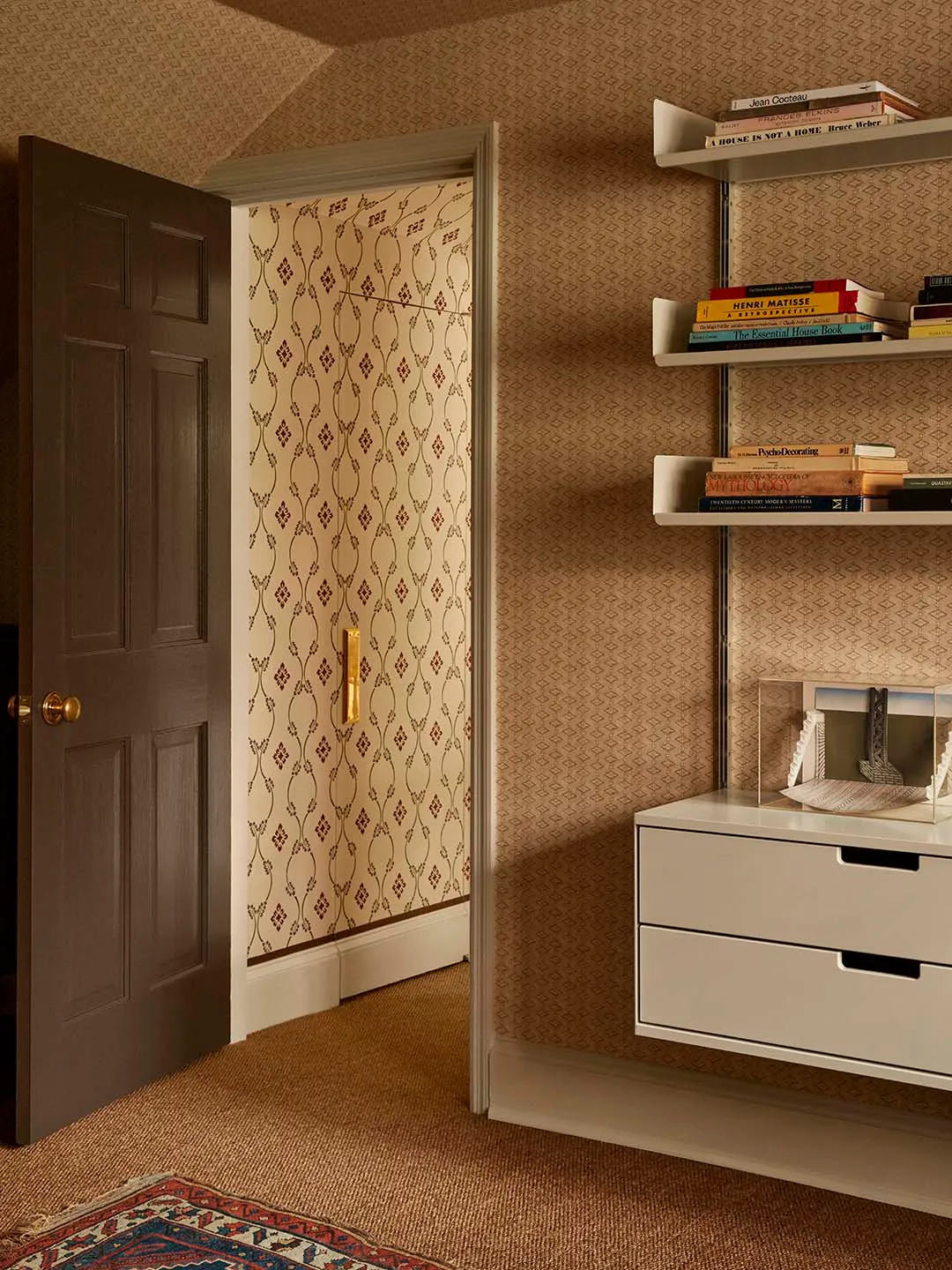
Of course, designers hope that you ooh and ahh over the rooms they create, but they don’t want you to forget how you got there either. That’s why, if you look really closely at their projects, you might notice that they very rarely paint interior doors stark white. Instead, they opt for warm shades of beige, rich green-grays, subtle browns, and other dynamic neutrals, adding personality to a space without stealing the show. Sometimes, it’s the really dark colors like Benjamin Moore’s Branchport Brown (pictured above in a historic Philadelphia home designed by Studio Dorion) that have the biggest impact. “Before, when they were white, it just felt like why are there suburban doors in this house?” shares the firm’s cofounder Michelle Ficker. “It changed everything.”
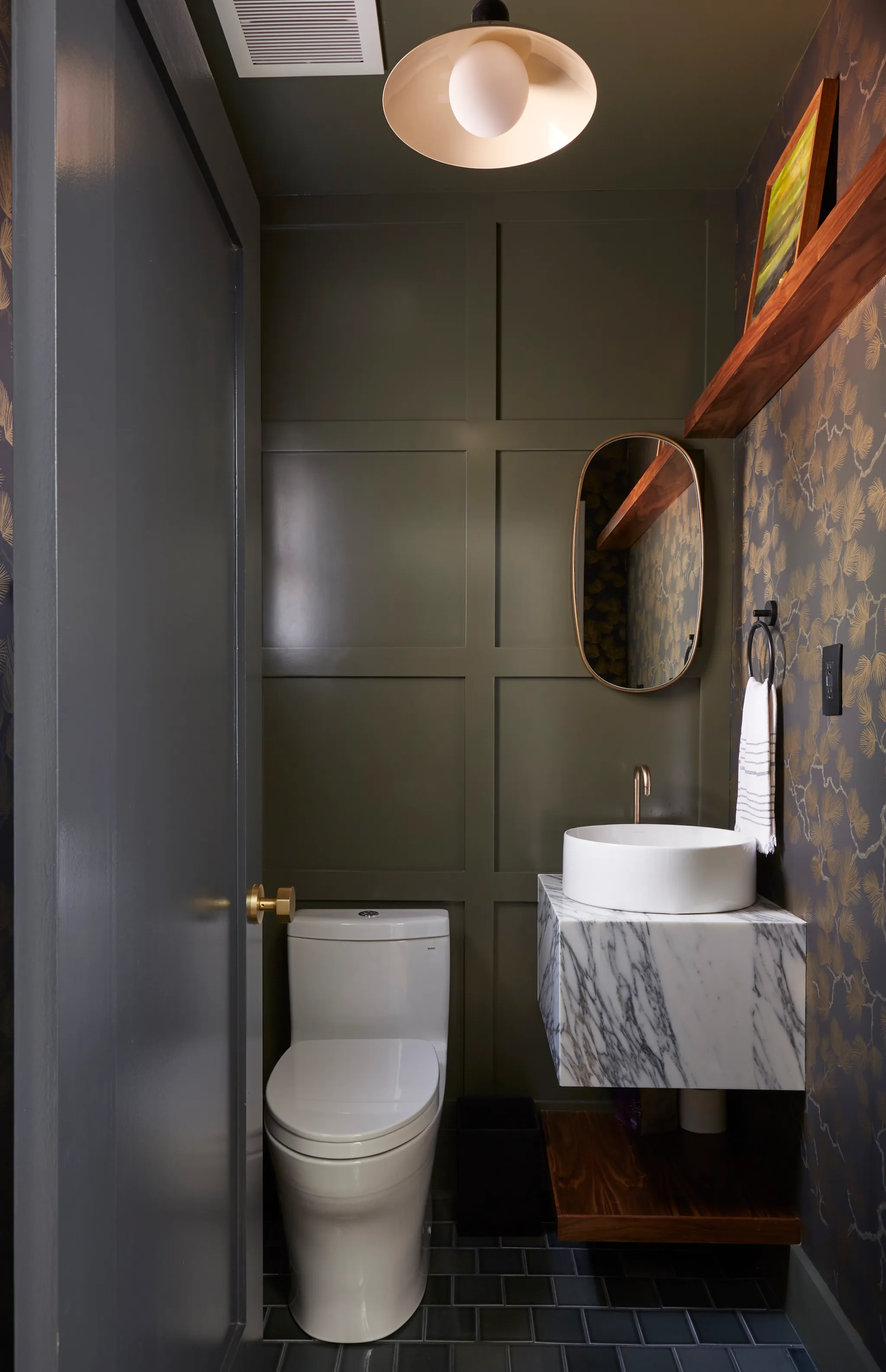
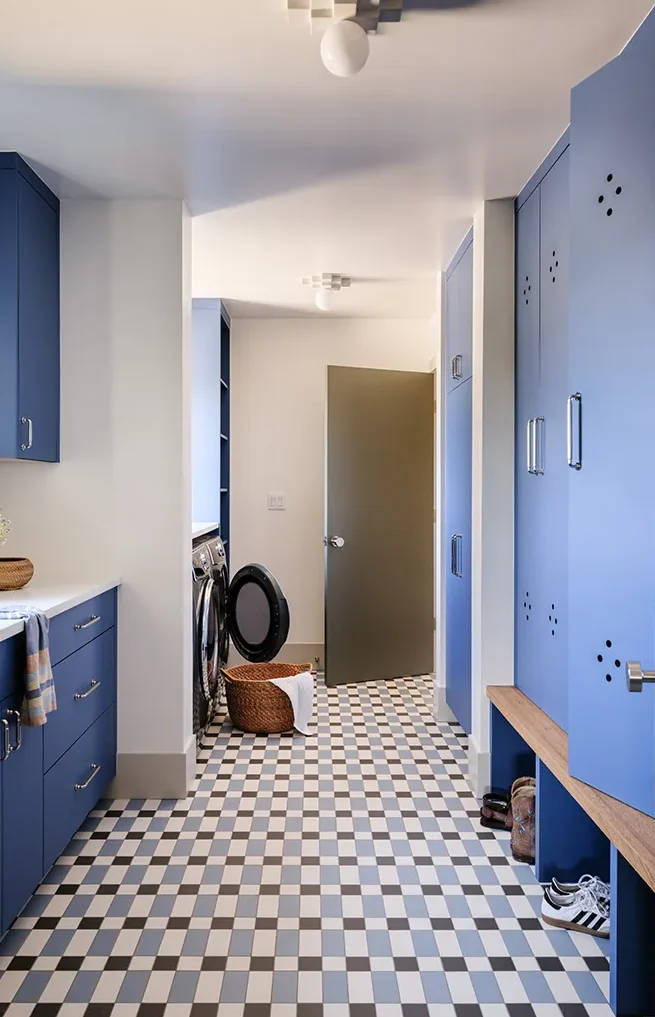
There are many directions you can go. You can relegate the hue to just the door (peep Benjamin Moore’s Sharkskin at work in this Colorado mudroom) or you can match it to the walls and trim for a color-drenched effect (a favorite approach of designer Amr Samaha when he’s not using natural white oak doors). “It helps reduce visual clutter and makes the space feel more intentional and expansive,” he shares.
The best part is that this update is DIY-friendly. We know because we asked Iona Graham from family-run paint and wallpaper brand Graham & Brown for her top tips, and she made it sound easy peasy. After you remove the door from its hinges and take off all the hardware (if possible), clean it with a degreaser or mild soap solution, let it dry, sand it, wipe it, and then get to painting with the hue of your choice (her top pick is a deep blue called Infinity). For doors with molding, she suggests using a brush to ensure you cover all the crevices. For flat doors with no molding, a four to six inch foam roller will do the trick.
Need help picking the right color? We asked 11 pros for their favorite non-white paint color for interior doors.
Brinjal by Farrow & Ball
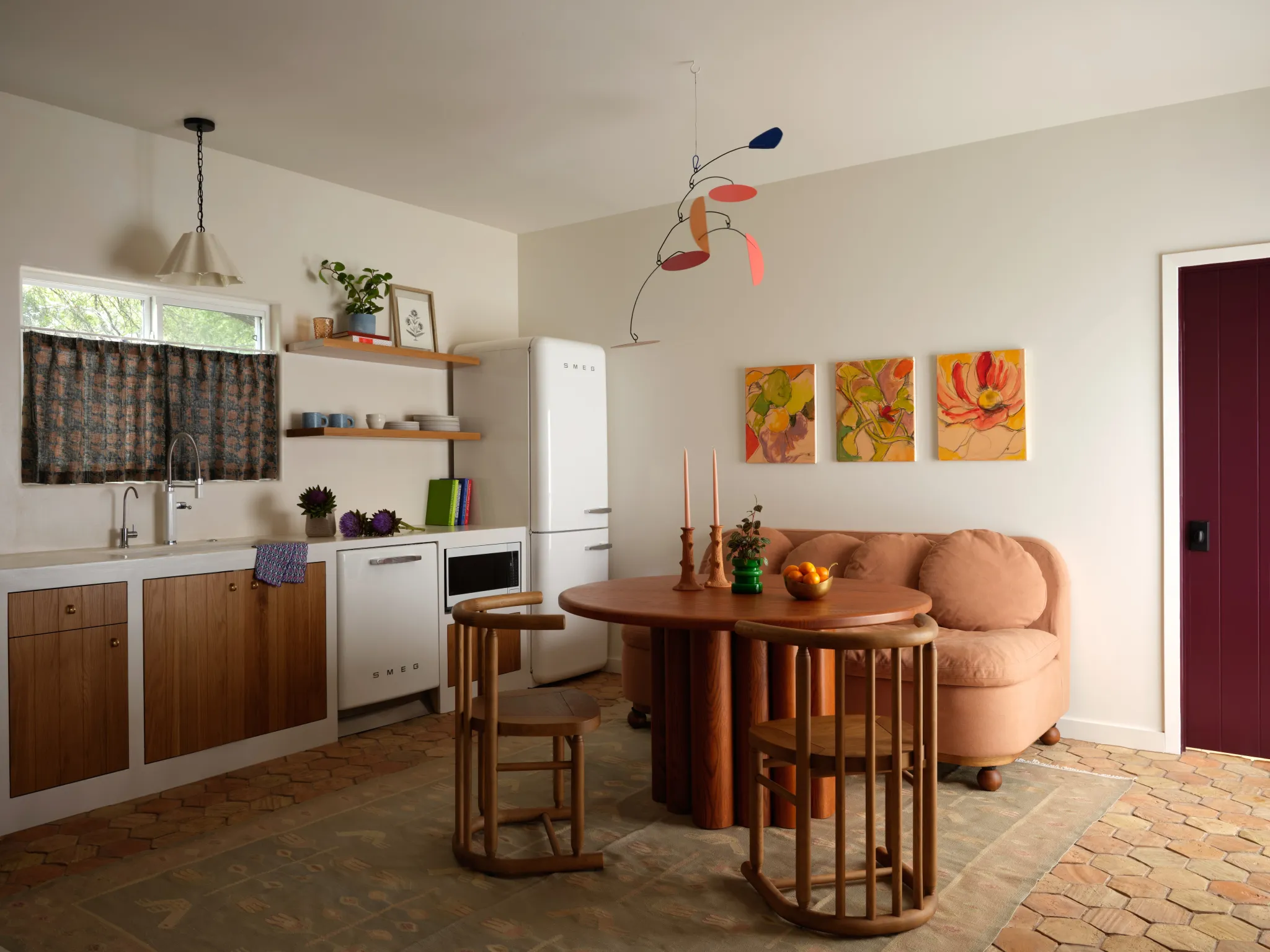
We used Brinjal, which is a really lovely, warm aubergine, for a lake house project. That door opens up to a bright yellow bunk room, so it added another element of surprise and the colors played really well off of each other. —Annie Downing, founder and principal designer of Annie Downing Interiors
Tapestry Beige by Benjamin Moore
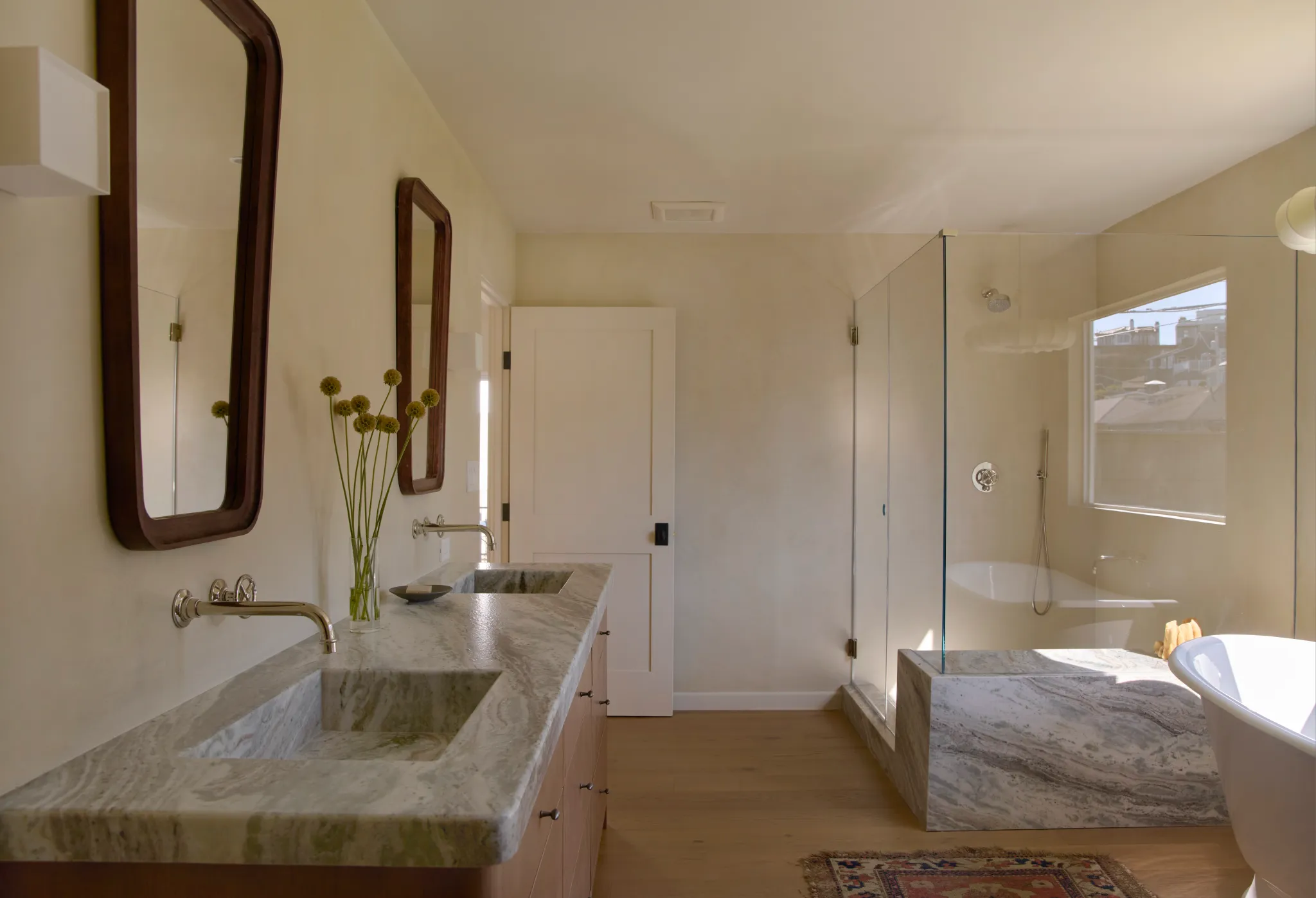
We painted these doors Tapestry Beige by Benjamin Moore to match the plaster in the room. We also used it in the primary bathroom because it’s the perfect understated tone that offers subtle depth. —Jackie Kosnett, cofounder of Galerie Design + Build
Carob by Benjamin Moore

Courtesy of House of Rolison GavinCater
Carob is a favorite when we want depth without going too dark. It’s rich, warm, and a little unexpected—perfect for interior doors that need to quietly stand out. When we’re working within a tonal palette, we often paint the doors the same color as the walls. It creates an enveloped, seamless look that feels intentional and calming, almost like the architecture is wrapping around you. —Amanda Leigh, cofounder of House of Rolison
Down Pipe by Farrow & Ball
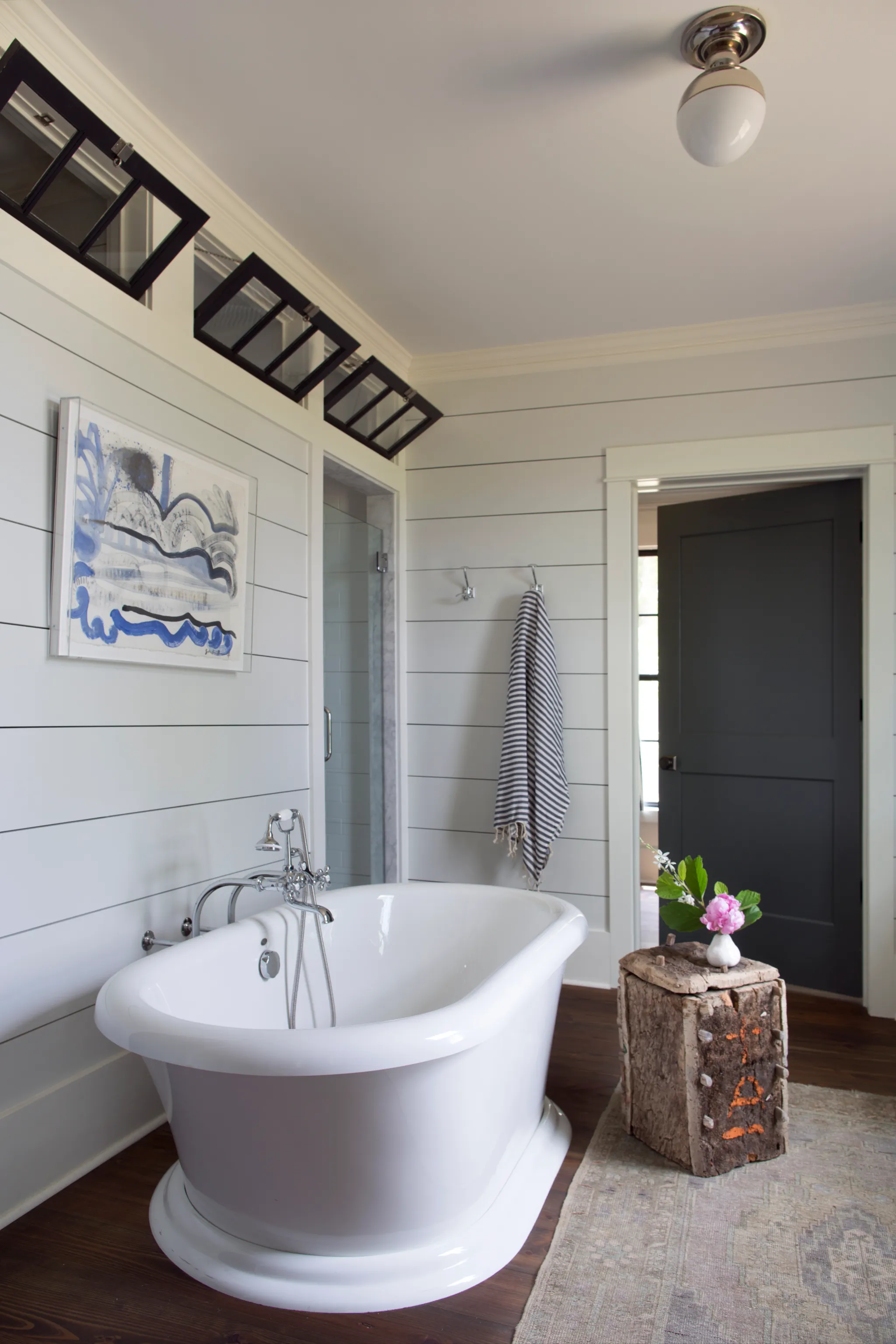
Down Pipe is grounding and pairs well with whites and other neutrals. We used it in one project on all of the interior doors and window mullions, which added a necessary weight to an otherwise airy, all-white home. —Tami Ramsay, cofounder of Ramsay Nye
Grecian-Ivory by Sherwin-Williams
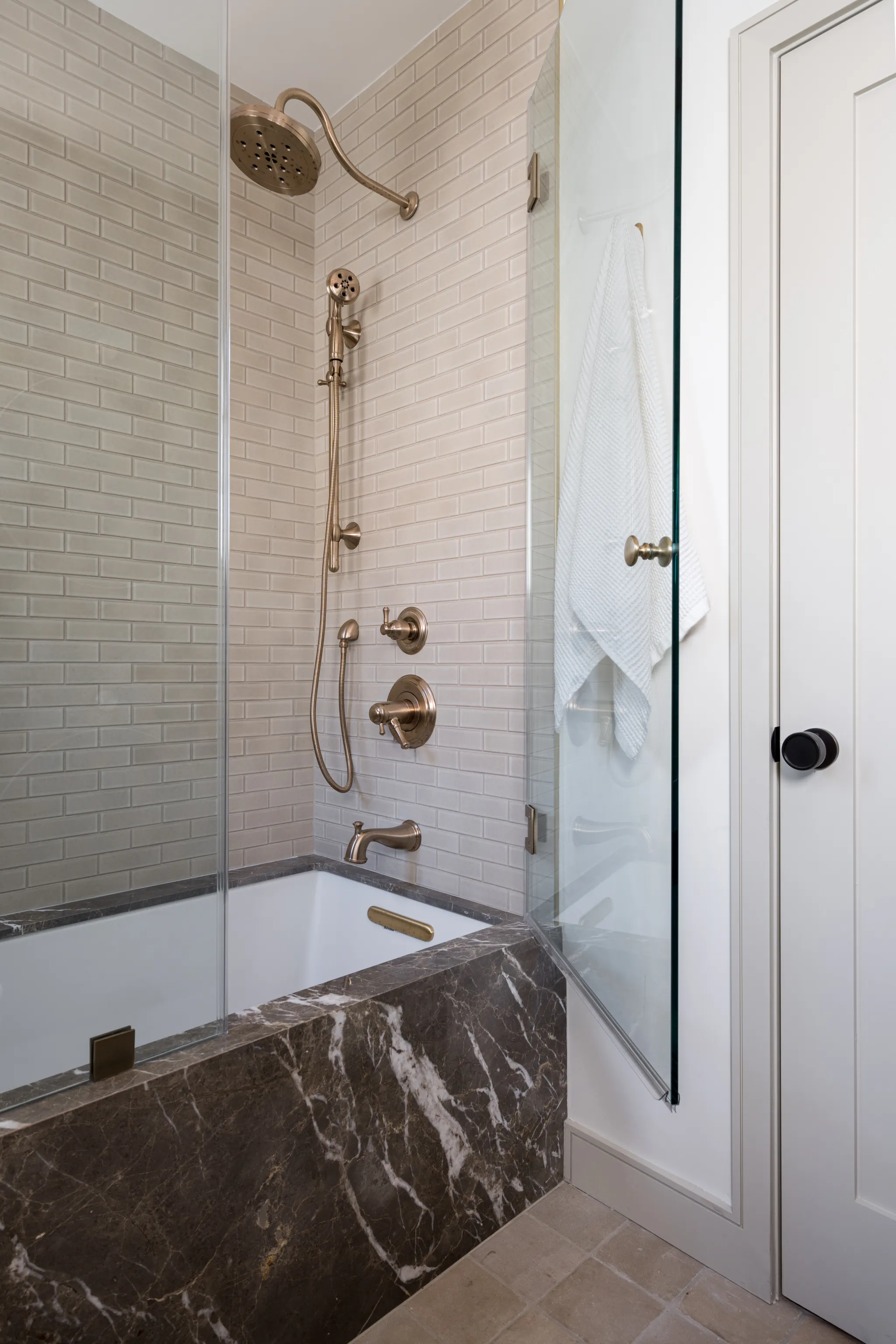
I usually try to steer my clients towards wood interior doors for their natural beauty and timeless appeal, but wood doors can be twice the price of painted doors. When the budgets call for a pivot, I either match the paint to the baseboard and window trim color or a color we used on cabinetry for consistency. —Natalie Myers, founder of Veneer Designs
Pewter by Benjamin Moore
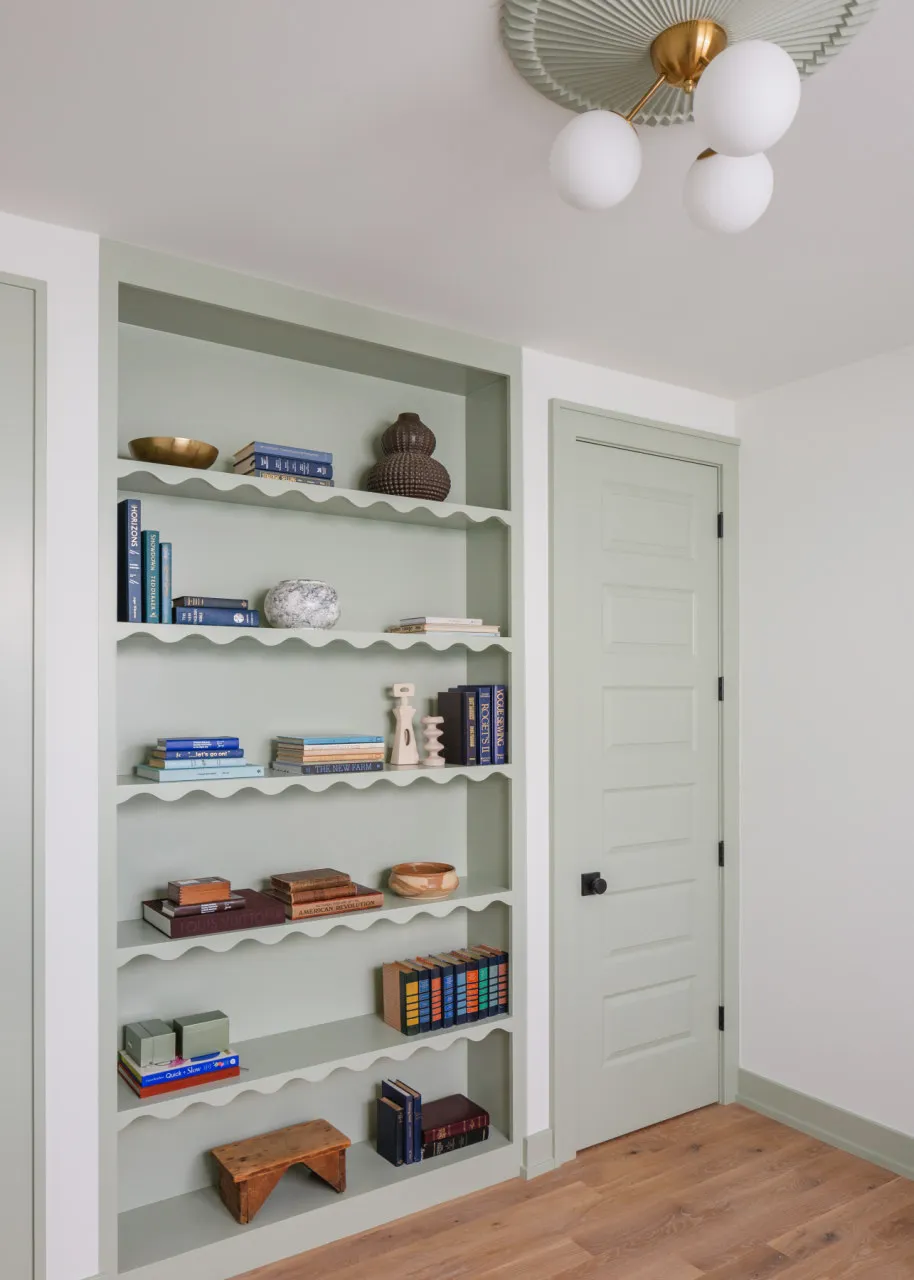
For a soft compliment to almost any interior, this color is a nuanced neutral that provides a touch of contrast without fighting for attention. Sometimes we’ll paint the door casing to match, upping the impact and creating distinction from other millwork details. —Liz Hoekzema, cofounder and creative director of KLH Custom Homes
Ball Green by Farrow & Ball
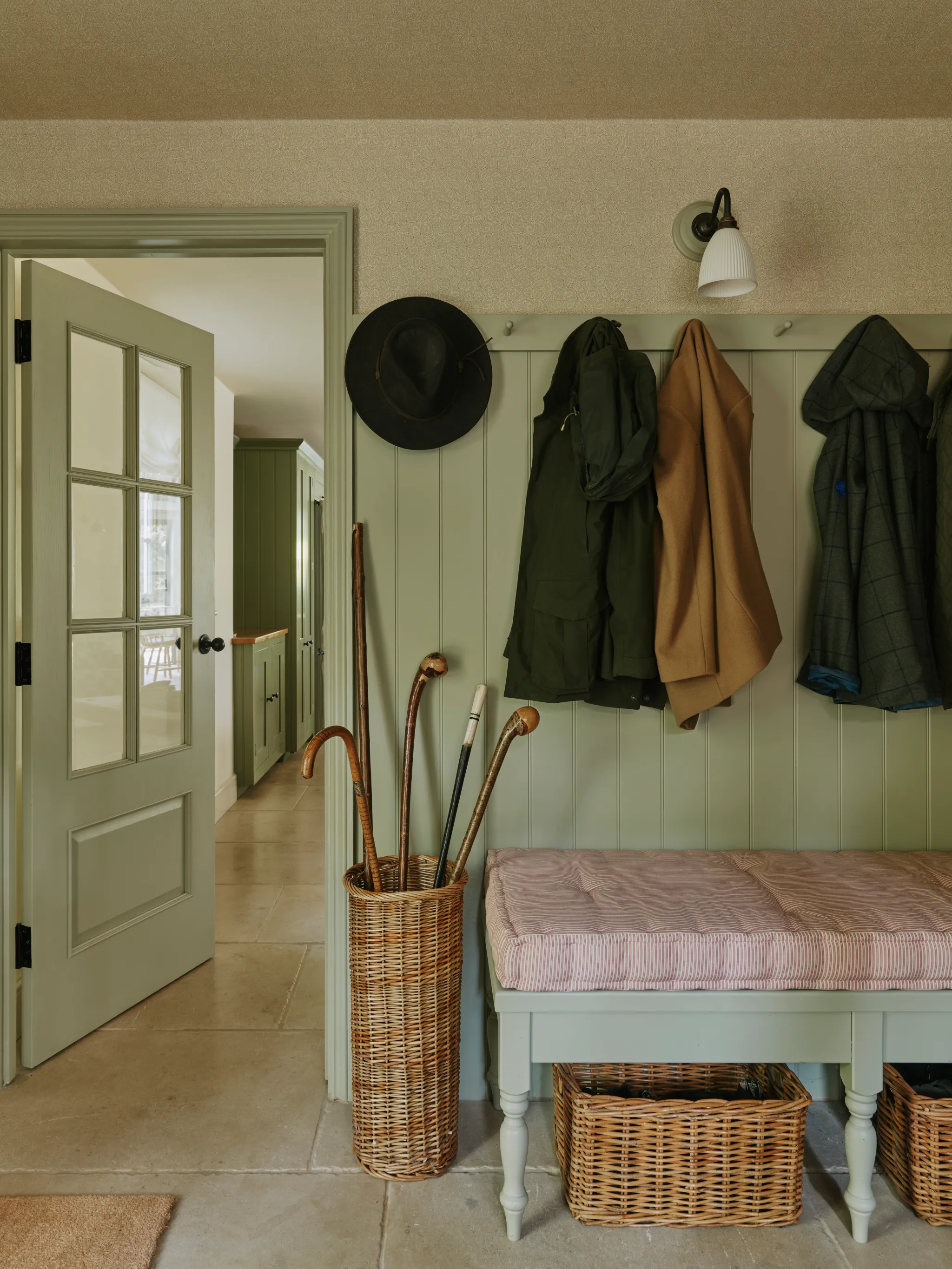
Think about tying your door color in with the other shades in your room. On that note, you can easily paint a door two different colors, one per side, depending on what is going on within the spaces on either side of the door. You only read one side of the door at once, so don’t be afraid to choose two. —Angelica Squire, cofounder of Studio Squire
French Gray by Farrow & Ball
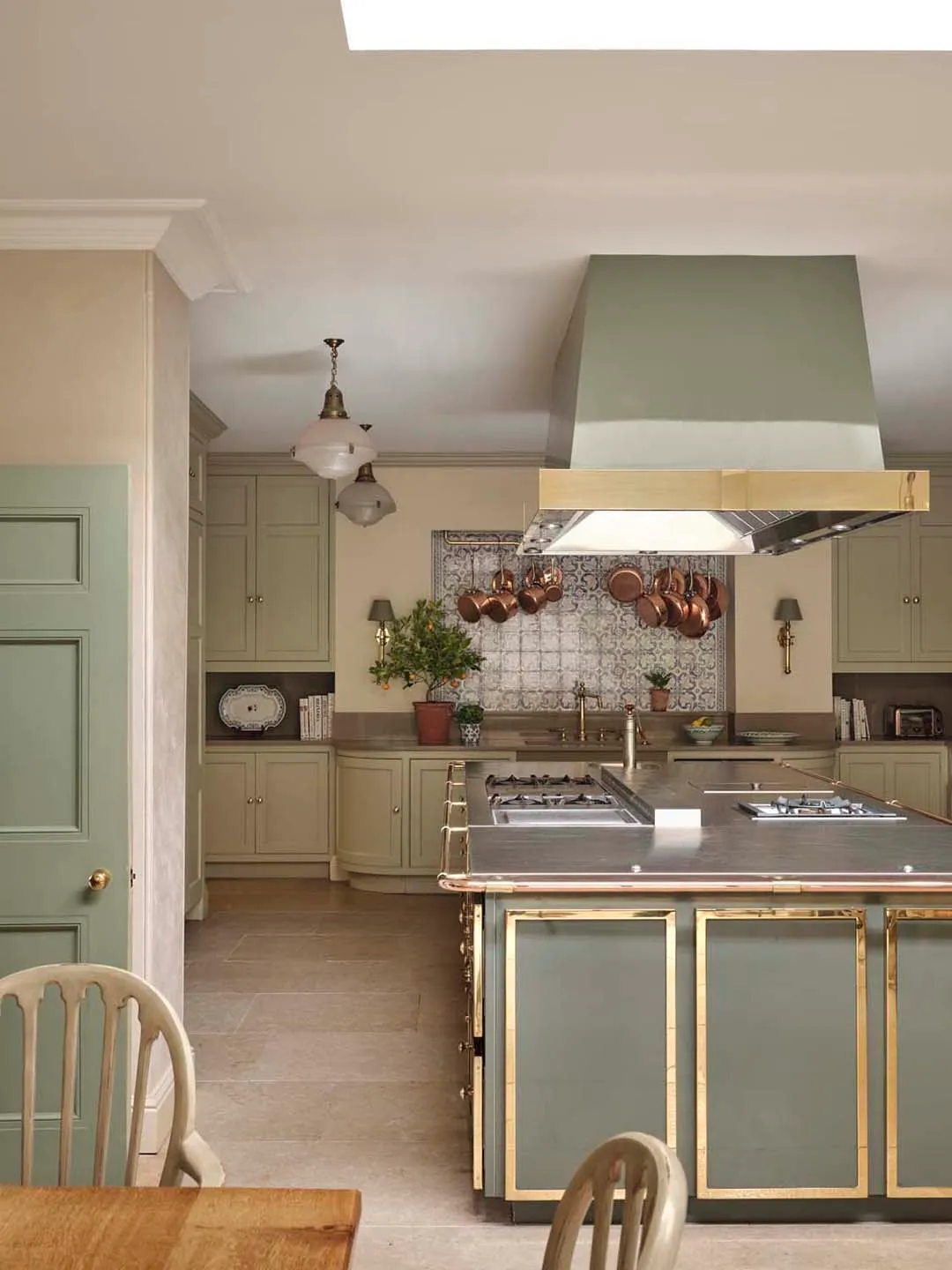
For this kitchen’s joinery and doors, we used French Grey by Farrow & Ball, a timeless, soft shade that we love for its warmth and versatility. —Steven Rodel, creative director for Guy Goodfellow Interiors & Architectural Design
Sea Salt by Benjamin Moore
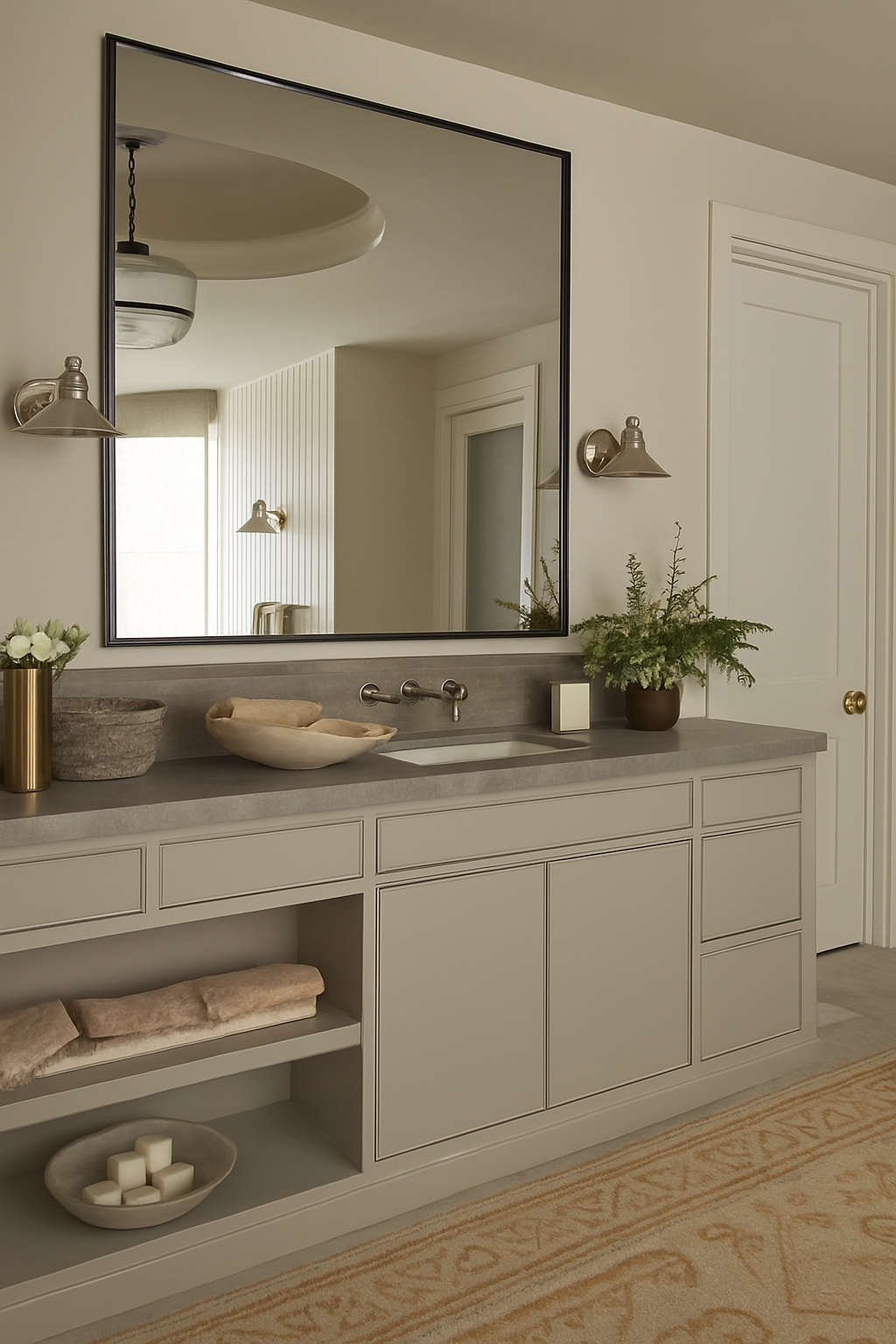
This is my go-to non-white paint color for interior doors. Its soft, muted, earthy tone adds subtle contrast and quiet sophistication, making a space feel warm and welcoming, where a true white might feel too stark. —Lindsey Colhoun, founder of Lindsey Colhoun Design
Railings by Farrow & Ball
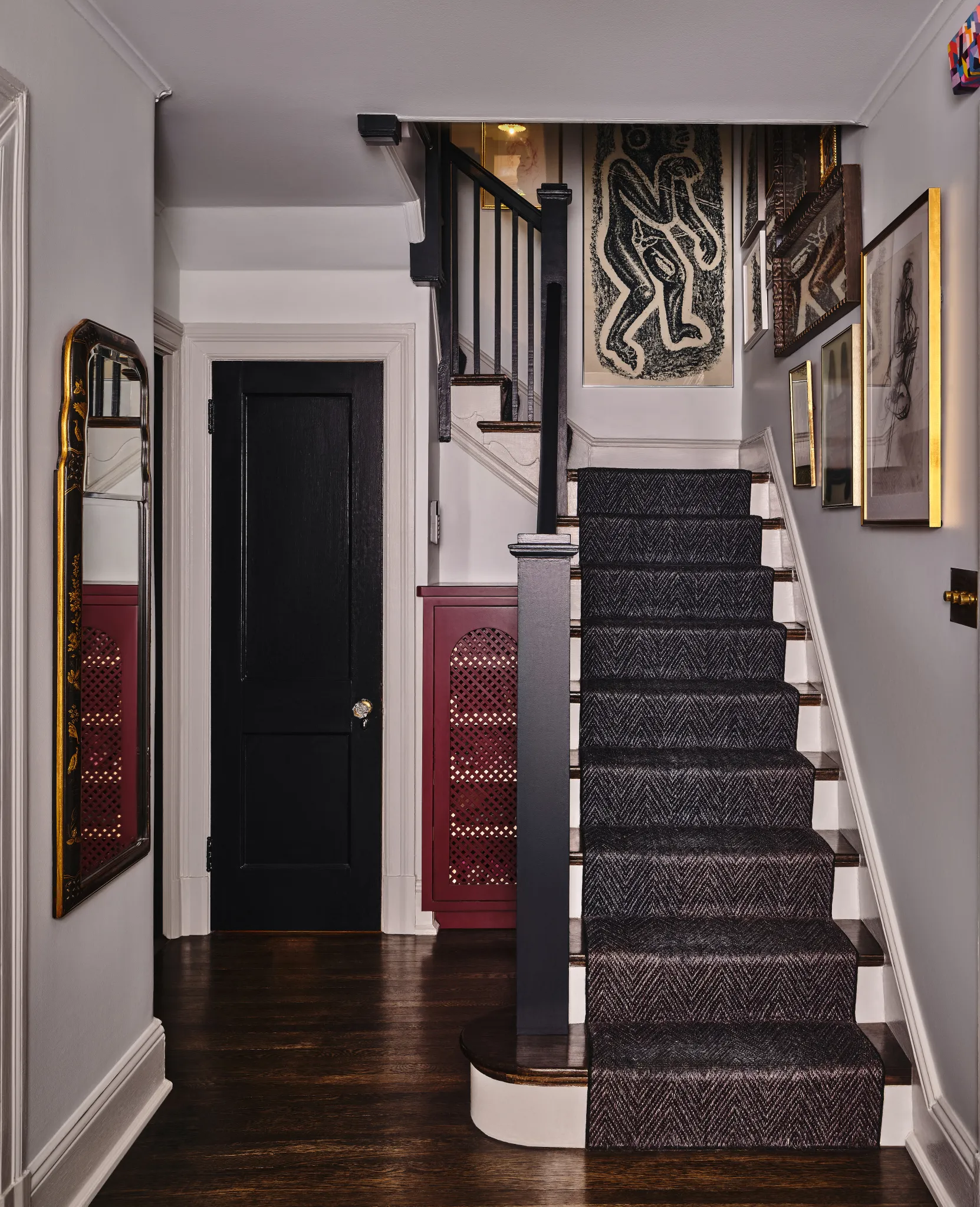
This one is a timeless blue-black that looks classic and it covers up any cosmetic imperfections (great if you have old doors!). It makes a statement on builder-grade doors, too, if you need added interest. —Zoë Feldman, founder of Zoë Feldman Design
Delft Blue by Fine Paints of Europe
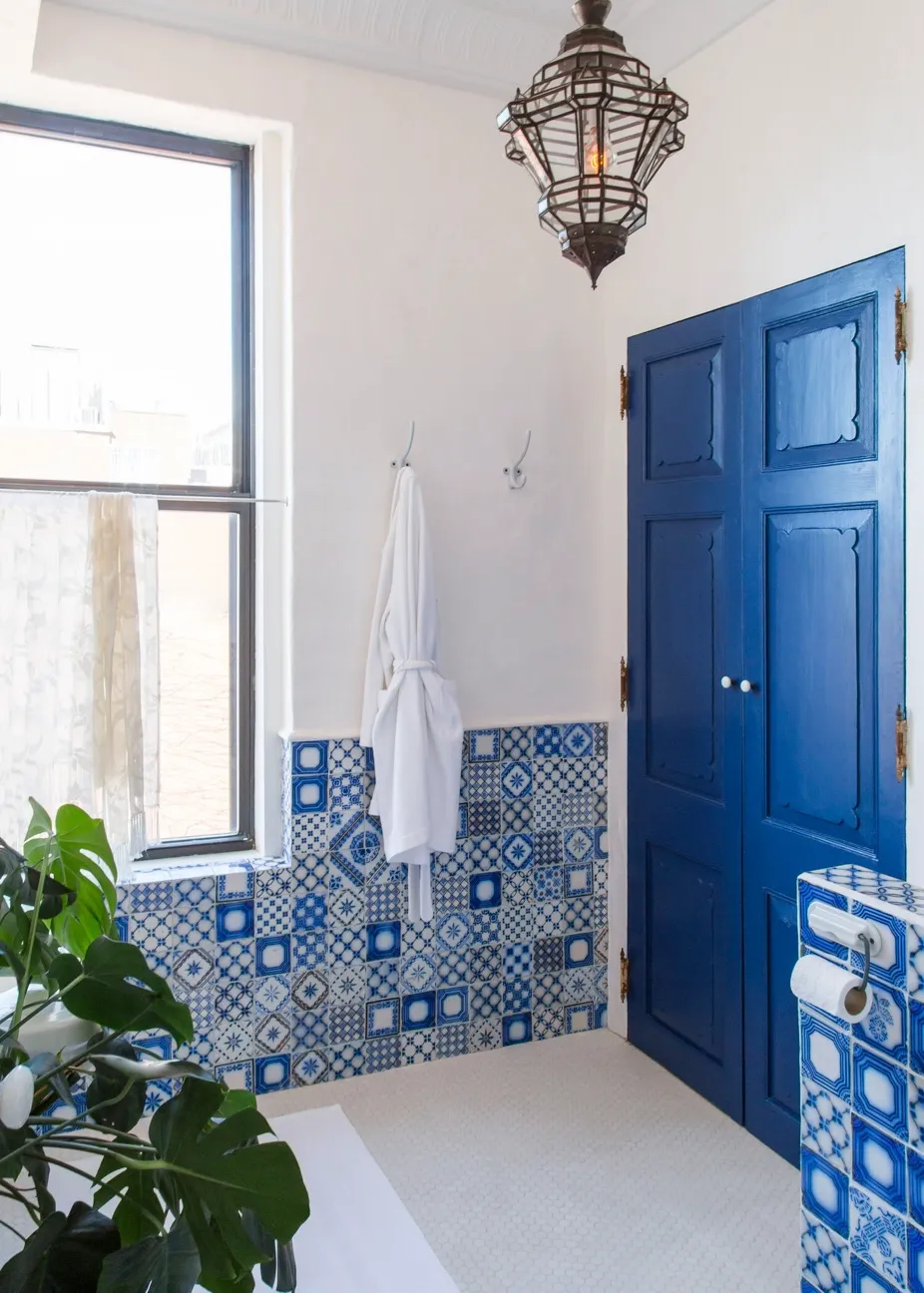
I like to coordinate interior and exterior doors with the surrounding architecture, furniture, millwork, and wallpaper, and consider the lighting temperature. I love rich, saturated colors for historic homes. For blues, I like Farrow & Ball’s Inchyra Blue or Fine Paints of Europe’s BS18E58 Blue. If you want to try something more playful and have a Yves Klein moment, I love Fine Paints of Europe’s Delft Blue. —Keren Richter, cofounder of White Arrow


